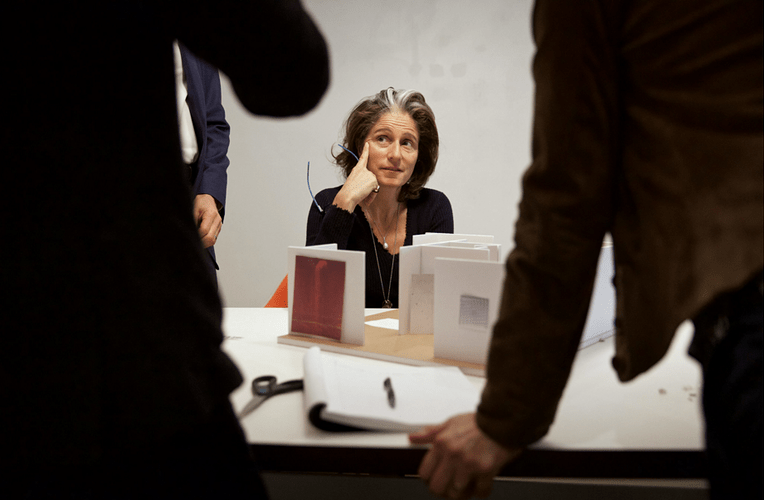Sometimes reading the New York Times reports on art dealers, collectors, and art fairs feels akin to reading that paper’s real estate section: being so directed toward the 1%, it reads like a glimpse into another planet where nothing hurts but your Loubitouns. This profile on dealer Dominique Lévy is full of gems, particularly this one, “The fair itself is also a marathon; Ms. Lévy said she barely eats and never sits down, despite high heels — ‘I can’t sell art in flat shoes’ — bringing two pairs along with an ice bucket in which she soaks her feet after the first four hours. ‘Then I can do another four hours.’” 
Read the profile in partial below, or in full via New York Times here.
Because Ms. Lévy is Swiss, Art Basel also matters most for personal reasons. The dealer, who recently announced that she would be taking over the whole building at her Madison Avenue gallery, has been coming to this fair since she was a child. (Her mother still attends.)
“Art Basel is what made me want to be a gallerist and an art dealer,” she said.
So Ms. Lévy pulls out the stops, bringing a staff of 11 (six from New York, three from her London gallery and two from her Geneva gallery) for a week; enlisting an architect, painter and lighting designer for her booth; entertaining clients with a major event — this year a circus-themed party created by a tightrope acrobat with “dinner under the big top”; even insisting on a specific brand of Swiss chocolate in the booth (Villars).
“I won’t go as far as to say I curate the bowl of chocolate, but…,” Ms. Lévy joked.
Her total spending on all this is steep: more than $300,000. (She also produces a glossy brochure and previously bought Le Corbusier furniture for the booth.) But for Ms. Lévy, the fair is a worthwhile investment — a gallery’s calling card and a crucial place to make connections.
“There’s not a year where we haven’t met a minimum of three to five meaningful people,” she said, describing important buyers.
There is a hierarchy to the placement of booths at the fair, and Ms. Lévy has worked her way up, having attended as part of the former L&M Arts gallery before starting her own shop three years ago. “I had to graduate from behind the toilet,” she said.
“Now I’m opposite Zwirner and near Nahmad,” she added, naming two prominent galleries. “It’s a fantastic position, but it took time.”
From the moment the fair ends, Ms. Lévy said, she starts planning the next one, keeping her eyes open for art she may want to sock away for the next year. The preparation is both exhilarating and exhausting.
“Basel is the fair where I’ve lost the most sleep,” she said.
The fair itself is also a marathon; Ms. Lévy said she barely eats and never sits down, despite high heels — “I can’t sell art in flat shoes” — bringing two pairs along with an ice bucket in which she soaks her feet after the first four hours.
“Then I can do another four hours,” she said.
Booths at the fair used to be highly specialized, Ms. Lévy said — with one dealer, for example, focusing on postwar French works. Now a preoccupation with contemporary art has made it more homogenized.
So Ms. Lévy seeks to stand out, providing a complete art experience within the confines of her booth, combining the contemplative nature of a literary salon with the competitiveness of, say, a couture sample sale.
“What depresses me the most is if people walk past the booth and don’t stop,” she said. “I want people to come in and then have a journey.”
Image: The art dealer Dominique Lévy during a recent meeting at her Manhattan gallery. Credit Benjamin Norman for The New York Times
